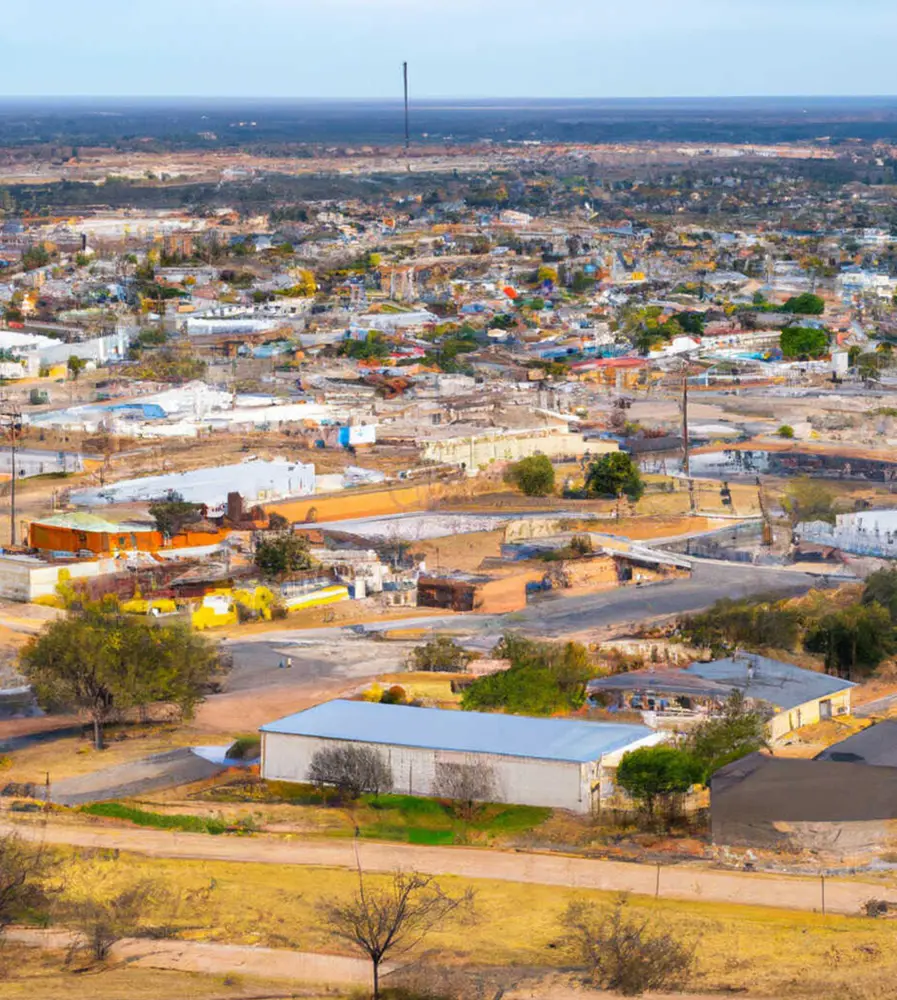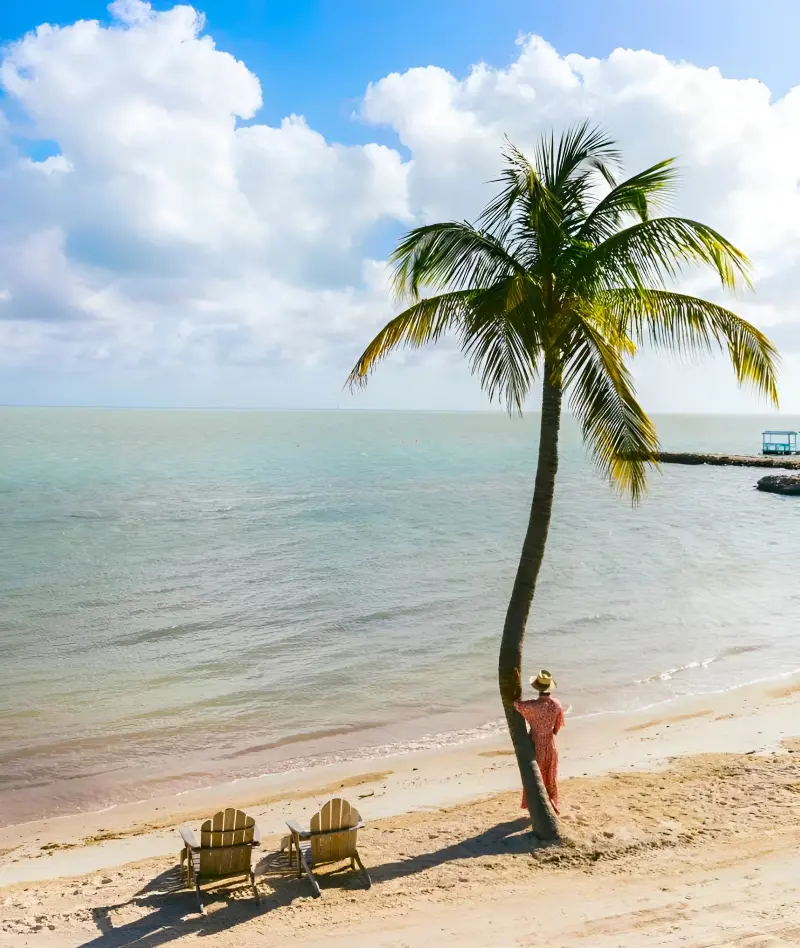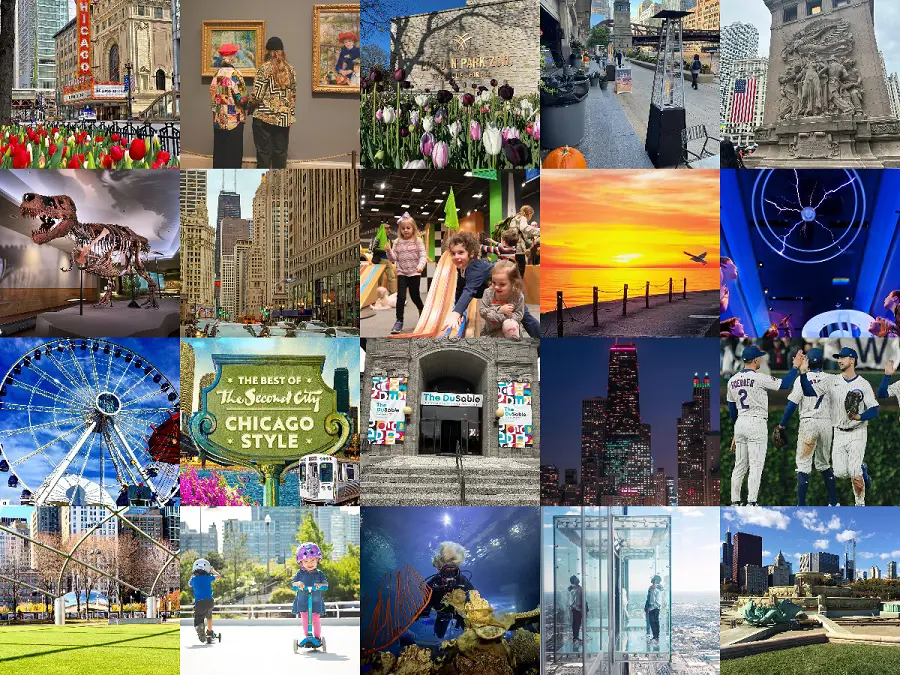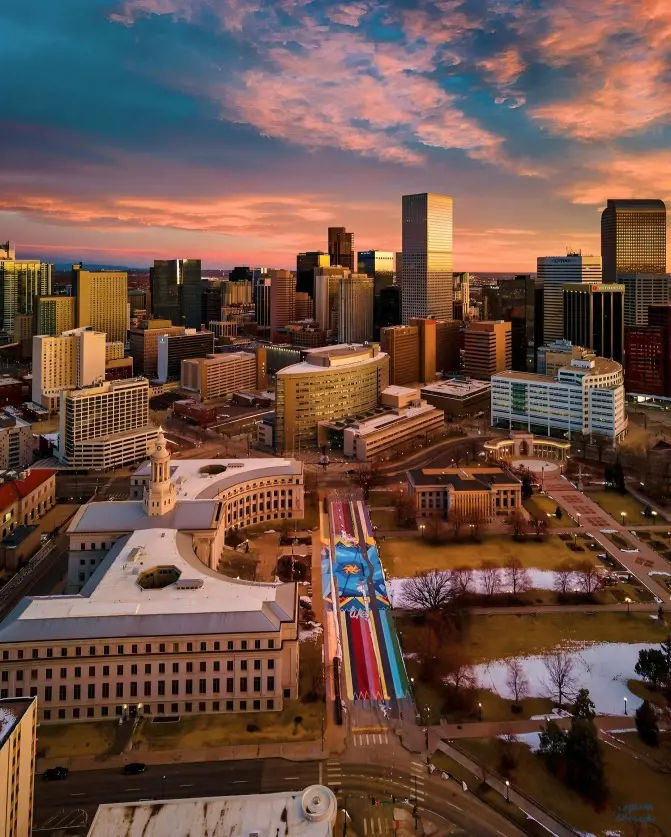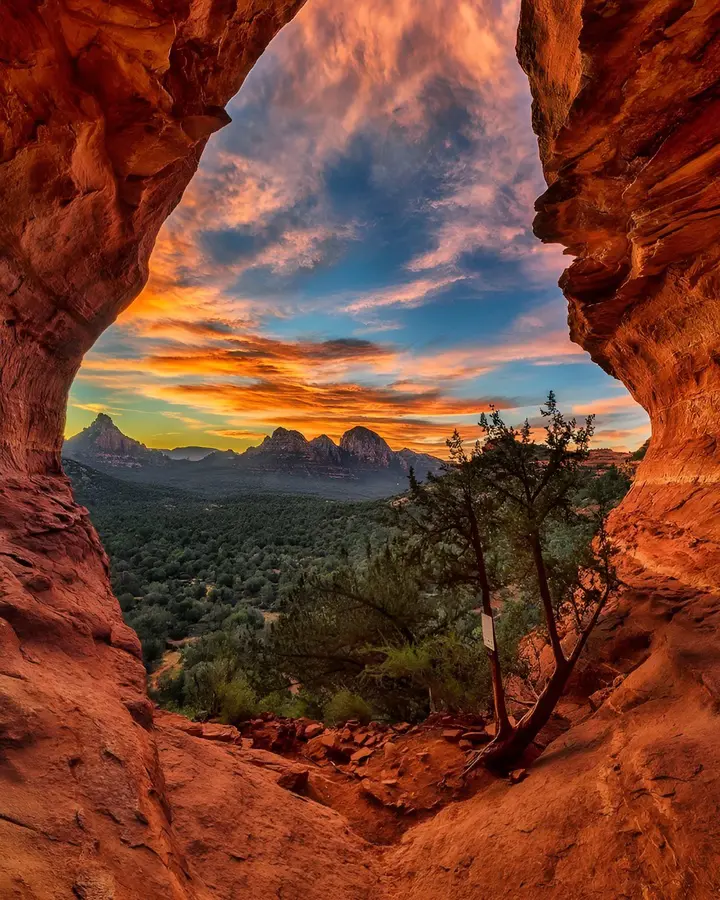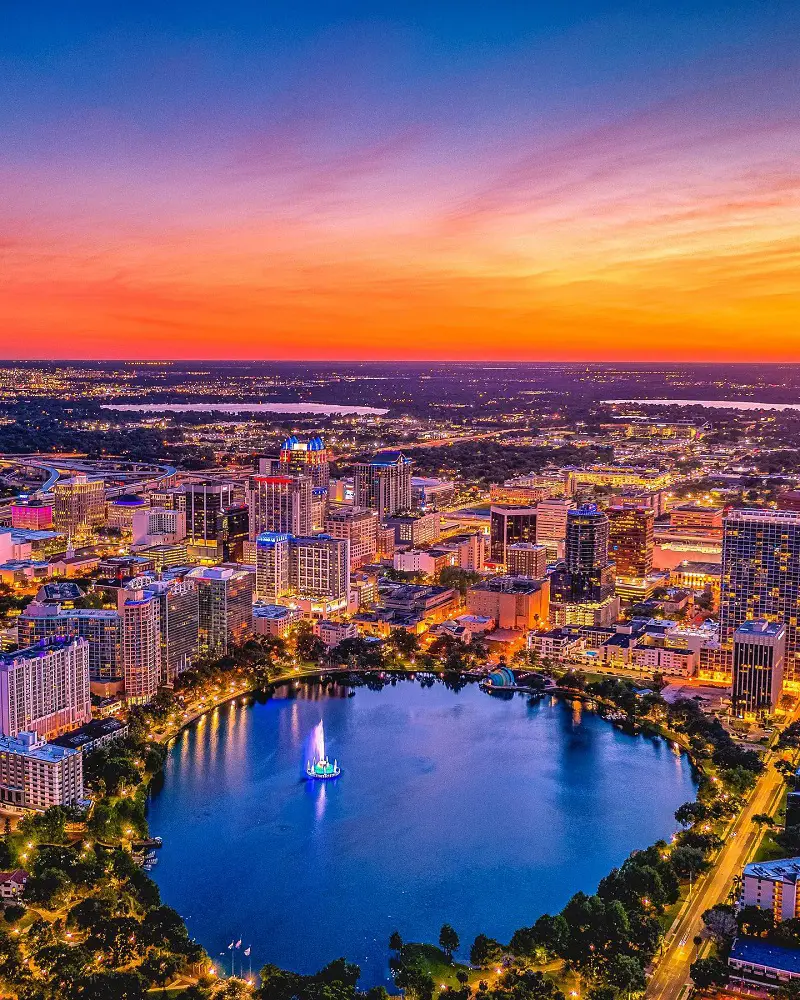Capitol Reef National Park is Utah's most concealed jewel, which contains red rock formations that stretch into the canyons and spread over the desert landscapes. It is perfect for scenic drives, hiking, exploring, and image capturing.
This park is a holder of some of the most famous features and historic sites among them, including Waterpocket Fold, Capitol Dome, old orchards, and Fruita Schoolhouse. The orchard blossoms with flowers in the spring, and in the harvest season, one can pick fresh fruit.
It is comparably pretty less crowded and quiet than other national parks. Check out 20 things to do in Capitol Reef National Park:
1. Explore The Scenic Drive
Scenic Drive in Capitol Reef National Park is one of the most popular things to do, driving this 8-mile, paved road that provides a core experience of the park, red rock formations, cliffs, and canyons. A scenic overlook and access to Capitol Gorge, Grand Wash, and other trails have pullouts along the drive.
This road is suitable for most vehicles, although more thrilling dirt roads are available that lead to Capitol Gorge and Pleasant Creek. It's good to check the map for scenic drives at Capitol Reef National Park to know where to stop and hike in advance.
2. Visit The Fruita Historic District
The Fruita Historic District is a small community within Capitol Reef National Park and also occurs to be very well-preserved in its pioneer history. Settled by Mormons in the late 1800s, Fruita is best known for its orchards, where visitors can pick fresh apples, peaches, and other fruits in season.
It has in the district some historical buildings, like the Gifford Homestead, where you may enter and see how early settlers lived and join in to taste some of their homemade pies and preserves.
You could overnight camp at the Capitol Reef National Park Fruita Campground, a peaceful setting amongst orchards and trees, only a short drive from trails and scenic drives.
3. Hike the Hickman Bridge Trail
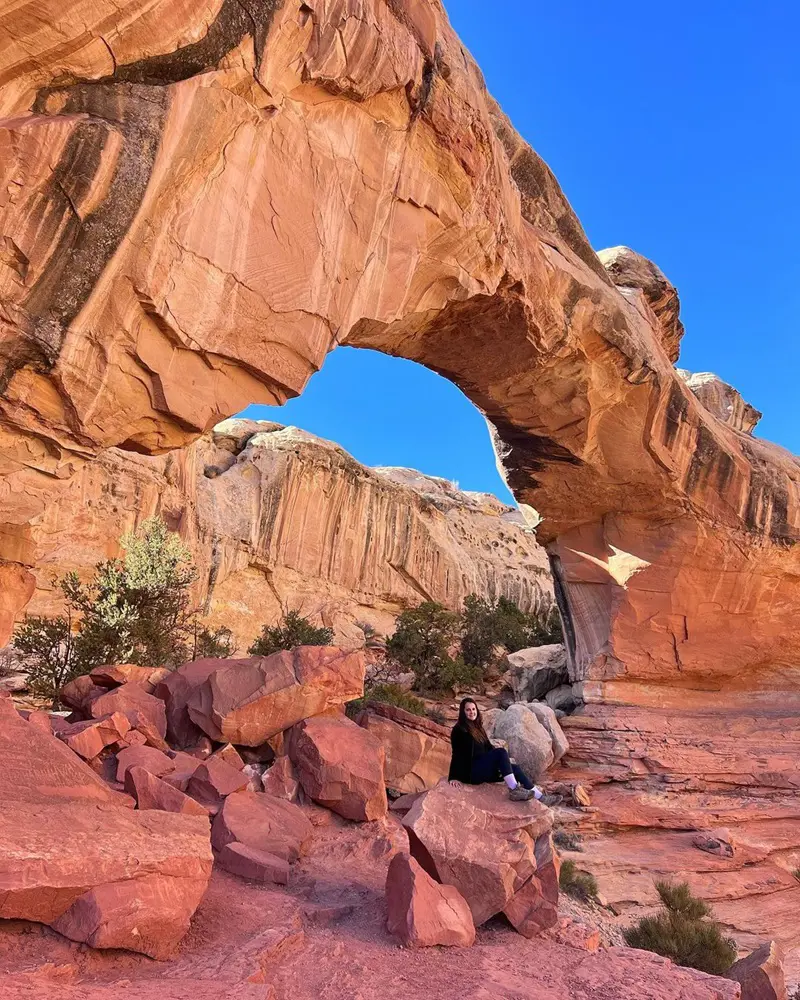
Probably one of the most popular hikes within Capitol Reef National Park is the Hickman Bridge Trail, a moderate 2-mile round-trip that takes one to a beautiful natural bridge. Starting near the Fremont River, it gradually rises through scenic desert country with views out over the park's red-rock signature features.
Capitol Reef National Park's Hickman Bridge is a 133-foot natural arch that makes the perfect photo backdrop. It is of moderate grade and well-marked, thus ideal for most hikers, especially families and those seeking to get a feel for the beauty of Capitol Reef.
Bring water, wear sturdy shoes, and enjoy the views along the way.
4. Pick Fresh Fruit In The Orchards
Fresh fruit picking in the orchards of Capitol Reef National Park is rather unusual and pleasant. Visitors today can harvest, in season, apples, peaches, pears, and cherries.
Timing for harvesting fruit in Capitol Reef National Park depends on the weather, as it affects the ripening times for fruits. Generally, the season for fruit picking runs from June through October.
Different varieties are available at different times. When visiting, check the visitor center or the park's website for information about which types of fruit are in season. The orchards work on the honor system: you help yourself to the fruit you want, then weigh and pay for your self-picked, collected bounty.
5. Hike The Capitol Gorge Trail
The Capitol Gorge Trail is a fabulous, easy, family-friendly walk located in Capitol Reef National Park. This is a great trail on which to get great views from hikes in Capitol Reef National Park with little work. As you enter the gorge, you walk between tall cliffs with the bonus of being able to see some historic inscriptions called the Pioneer Register.
You may also be directed to natural water pockets, or "tanks", whose sight can be quite refreshing. Soaked with history, geology, and natural beauty in bounties, Capitol Gorge is certainly one not to be missed. Load up on a lot of drinking water, and take note of the topography: being a very narrow canyon, flash floods are an immediate concern.
6. Enjoy The Night Sky By Stargazing
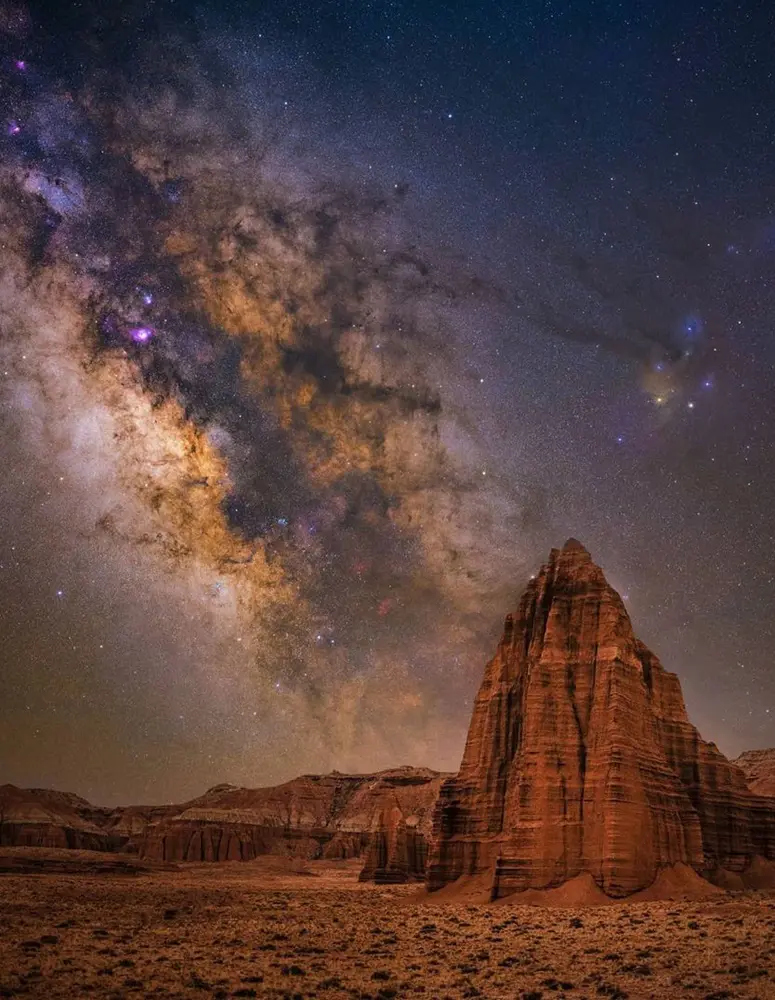
Stargazing in Capitol Reef National Park is excellent for this activity with its pitch-black skies and nearly a complete absence of light pollution. Skies in general are very clear and broad, making stars, planets, and even meteors easily visible during the night.
Check Capitol Reef National Park's weather forecast in advance to help set up your best stargazing experience. The best viewing time for celestial events is during fair weather with low humidity.
These spots are found within the park itself, and many of the astronomy programs allow you to further explore the night sky with a park ranger. If you have a pair of binoculars or a telescope, feel free to bring one along.
7. View Fascinating Petroglyphs
A wander around the petroglyphs at Capitol Reef National Park is a look into historic times. These are ancient rock carvings done by the Fremont people and give an insight into the rich cultural heritage of the region.
Spread around the park, the Capitol Reef National Park petroglyphs can be found in such locations as the popular Capitol Gorge Trail and the Hickman Bridge area. The carvings symbolize representatives of animals, human-like figures, and other abstract designs.
Take a self-guided tour any or join a park ranger program to discuss the meaning of these historical artworks and what they have to say.
8. Enjoy The Sunset At Panorama Point
Sunset at Panorama Point offers a breathtaking, panoramic vista out over the rugged park landscape of red rock cliffs, canyons, and farther out, mesas. The rocks light up with each brilliant shade of orange, red, and pink during a sinking sun, making for a breathtaking backdrop, ideal for picture taking.
Many visitors take incredible Capitol Reef National Park pictures at this point because the light changes dimension and drama to the scene. Panorama Point is accessible by car with only a short walk from the parking lot to the viewpoint. Come early definitely to beat the crowds for a good vantage point, not to mention enjoying the calm from day into night.
9. Visit The Gifford Homestead
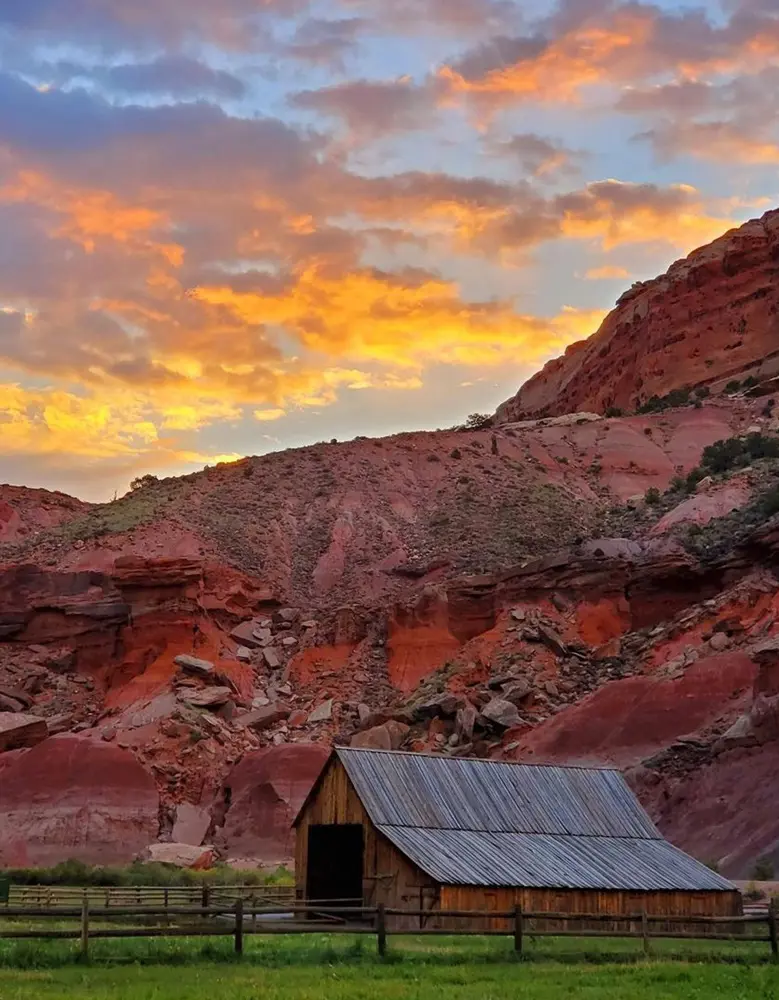
The Gifford Homestead is a singular and historic location within the district of Fruita in Capitol Reef National Park. It brings to mind scenes of pioneering life as it once could be in this great, lonely landscape.
Today, it has been restored and turned into a museum with a shop where it is possible to view the original farmhouse, barn, and outbuildings. Inside are home-baked pies, breads, jams, and other goodies, all from original recipes. Part of the Fruita Historic District, the orchards outside still bear fruit today, and visitors are invited to pick fresh during harvest time.
10. Camp At Fruita Campground
Camping at the Fruita Campground is serene and beautiful. Nestled within the orchards under big cottonwood trees is the Capitol Reef National Park Fruita Campground, offering a quiet setting. This popular campground offers 71 sites with picnic tables and fire pits, hence a great location to camp and start exploring.
Be sure to reserve your spot in advance since it will fill up quickly during peak season. During your visit to Fruita Campground, make sure to enjoy fresh fruit from the orchards all around, the beautiful view of the red rock cliffs, and the star-filled night sky.
11. Hike To Cohab Canyon
Cohab Canyon is one of the most scenic Capitol Reef National Park hikes. It begins as a steep climb out of the Fruita district but quickly levels off, passing used-to-be-orchards with wide views of the surrounding landscape and the historic settlement below.
You will discover interesting rock formations and hidden alcoves, as well as expansive vistas of the Henry Mountains and the Waterpocket Fold. Be sure to bring water; sturdy walking shoes are recommended because the trail surface is rough and uneven in spots.
Regardless of whether you are a seasoned hiker or a casual adventurer who likes great views, Cohab Canyon will reward your efforts smack in the middle of Capitol Reef National Park.
12. Drive Through Cathedral Valley Loop
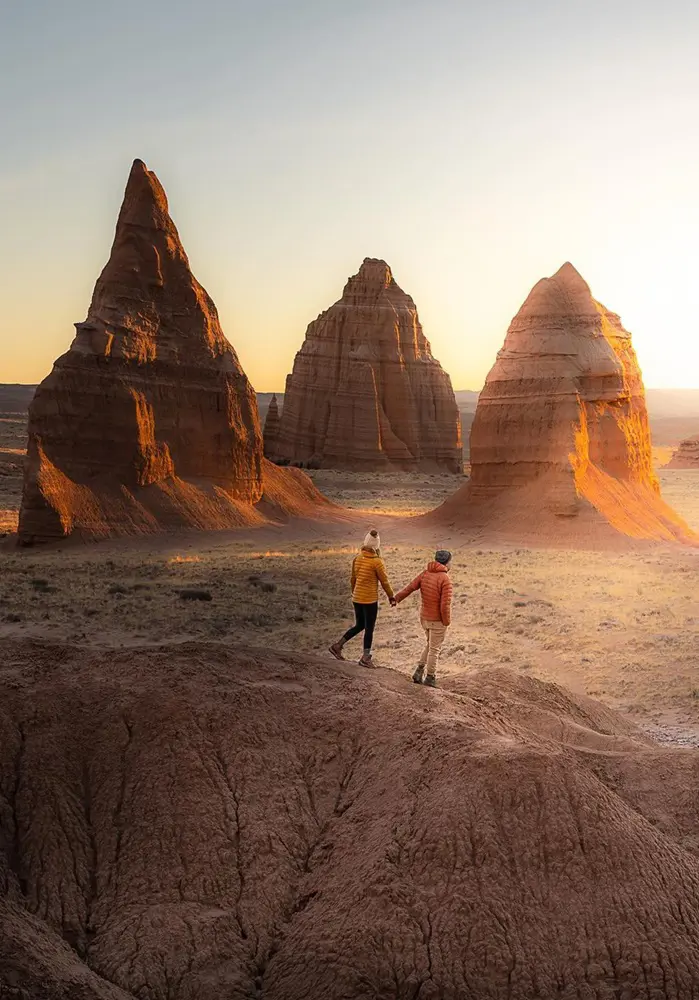
The Cathedral Valley Loop is a beautiful, very desolate drive in Capitol Reef National Park, offering breathtaking views of towering rock formations and vast deserts.
This loop, 57 miles in length, goes through the northern part of Capitol Reef National Park and passes by such famous sights as the Temple of the Sun and the Temple of the Moon, huge monoliths dramatically rising off the desert floor.
The loop is best done with a high-clearance vehicle, as roads can be rough and may require crossing the Fremont River.
13. Take A Scenic Drive On Burr Trail Road
Burr Trail Road is a very scenic drive, commencing from the community of Boulder and meandering down through the dramatic landscape. You'll travel through the huge geological feature, the Waterpocket Fold while on your way along the Burr Trail and meet some breathtaking switchbacks that take you down into the canyon.
Be sure to get a Capitol Reef National Park scenic drive map before you leave so that you know how to stay on track and when to stop at the viewpoints and hikes along the way. This road combination is both paved and dirt, so a high-clearance vehicle may be required in some portions.
14. Photograph The Temple Of The Moon And Sun
For landscape photographers, the Temple of the Moon and Temple of the Sun offer an opportunity in Capitol Reef National Park that is simply a dream. These bold monoliths, located in the remote Cathedral Valley, rise majestically off the desert floor, serving as truly iconic subjects for capturing dramatic beauty in the park.
The best time of day to photograph such formations is either at sunrise or sunset when the warm light brings out the deep reds and oranges in the rock to form a great contrast against the sky. The area is remote enough to ensure few crowds, making the potential of getting perfect Capitol Reef National Park pictures of such natural wonders very high.
15. Take The Cassidy Arch Trail

The Cassidy Arch Trail is one of the most exciting hikes to one of the many impressive natural arches in Capitol Reef National Park. It was named for the notorious outlaw Butch Cassidy, who had supposedly hidden here and offered adventure alongside views.
This hike is 3.4 miles round-trip and moderately strenuous due to the steep uphill grade and rockiness. You'll pass by panoramic views over colored canyons and cliffs. Cassidy Arch is one of the real treasures of this path, you will walk up to the arch and stand right on top of it for an interesting point of view.
16. Hike To Navajo Knobs
One of the more physically demanding and otherwise rewarding hikes in Capitol Reef National Park is on the Navajo Knobs Trail, which yields spectacular panoramic views over this beautiful landscape. It is a quite strenuous, 9.4-mile round-trip trail with a lot of elevation gain while one climbs to the top on the Navajo Knobs.
You will see a 360-degree view of cliffs, canyons, and distant deserts in Capitol Reef. Another plus for this trail is solitude, as it has fewer visitors than some of the other short Capitol Reef National Park hikes.
17. Visit The Gooseneck Overlook
Gooseneck Overlook is one of the must-see views from Capitol Reef National Park down to the winding Sulphur Creek far below. This very short hike of about 0.2 miles takes you out to a dramatic overlook where you will see sharp turns and deep canyons resembling the twists of a gooseneck in this creek.
The overlook provides a nice view for photography and a vantage point from which to consider the erosional power of millions of years. The overlook is also easily accessible from the main park road, making it a quick and rewarding stop along your way.
18. Explore The Waterpocket Fold
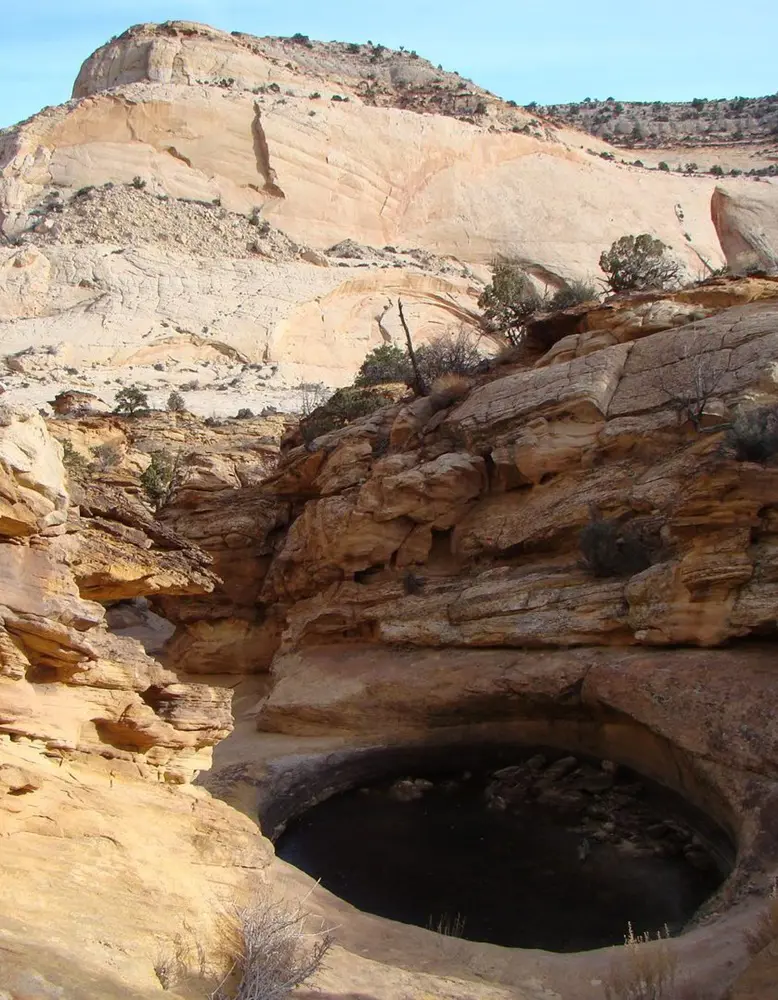
Waterpocket Fold expresses a very dramatic fold-shaped ridge over 100 miles long. It stretches from the north part of the park down to the south and forms striking landscapes, highly suitable for exploration and capturing moments through photography.
Among the most exciting ways to experience the Waterpocket Fold are driving along Burr Trail or hiking up trails such as Hickman Bridge Trail and Cassidy Arch Trail for different views of impressive features on the fold.
19. Hike To Grand Wash Trail
The Grand Wash Trail is one of the best hikes, with 4.5-mile round-trip trail walks through a very narrow canyon with towering rock faces that dwarf the visitor. You'll go by some interesting rock formations along the way, and at the end of the trail, you can see Cassidy Arch off in the distance.
The trail is relatively flat and very easy to follow, so it's appropriate for most hikers, although I'd still recommend bringing along water and wearing good shoes. Some of the nicer views and wildlife chances add to the Grand Wash Trail, which pays off in satisfaction for one looking to get out into the Capitol Reef National Park natural beauty.
20. Take A Ranger-Led Program
Join a park ranger to help make this visit to Capitol Reef National Park special, especially with an interest in the natural history of the park or hiking opportunities. Such programs include guided hikes, educational talks, and other interactive activities designed to help explore the unique geology, wildlife, and cultural history in this park.
For those who wish to experience the park by backpacking, knowledge from ranger programs is available, including trail conditions, safety, and techniques on how to camp in the wilderness. They can also help you in planning your backpacking trips by providing advice on routes, permits, and vital equipment.

